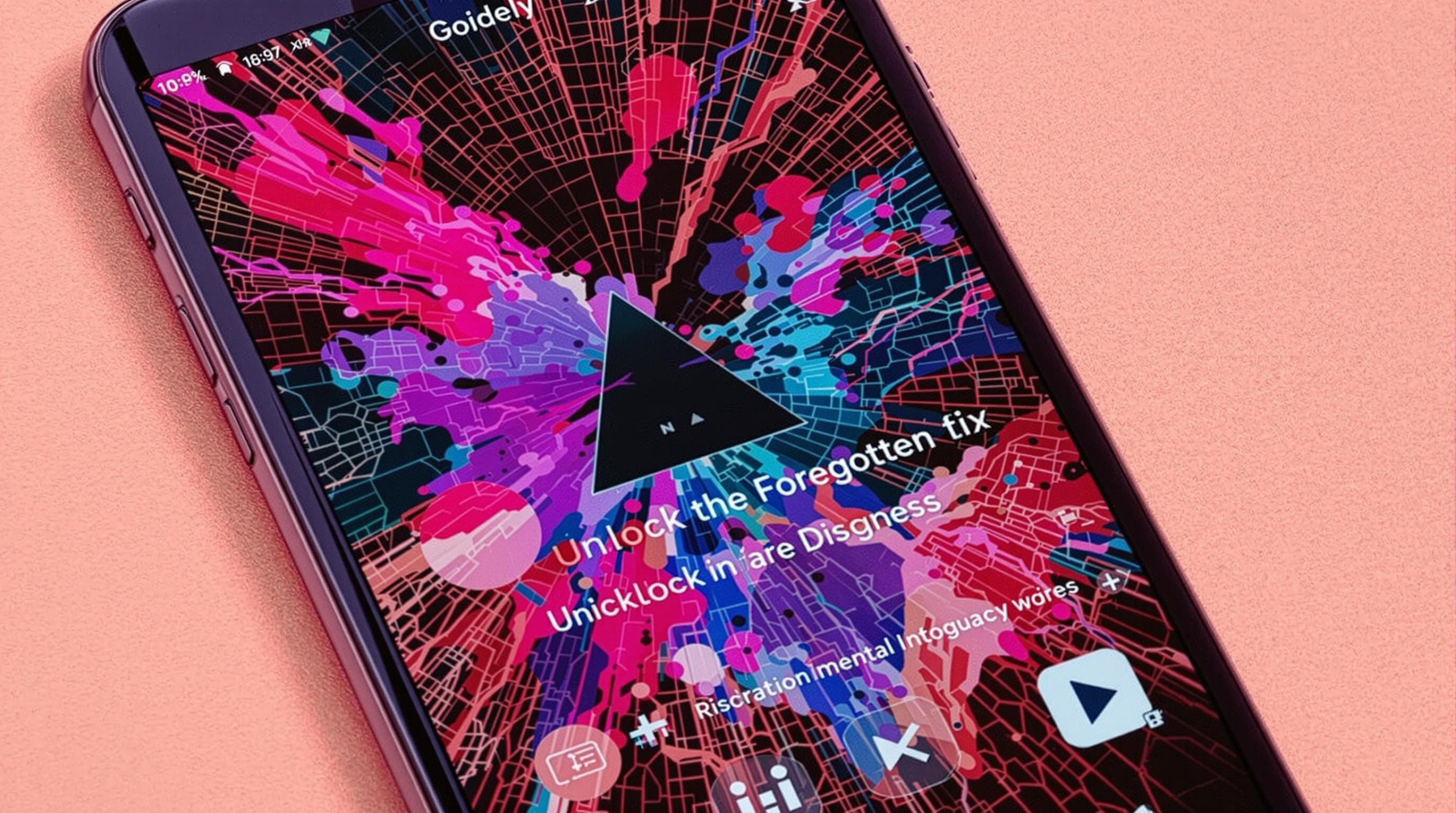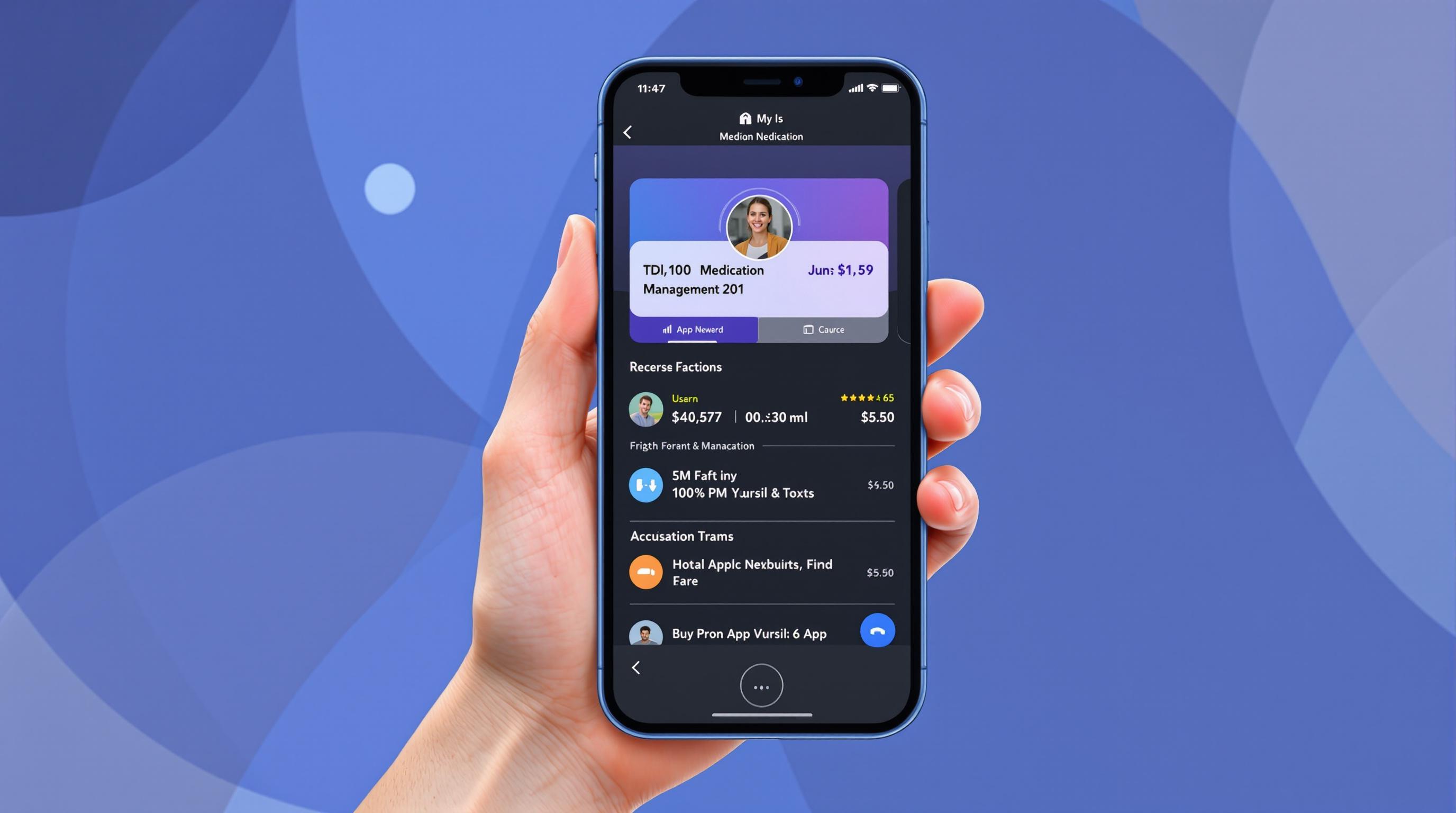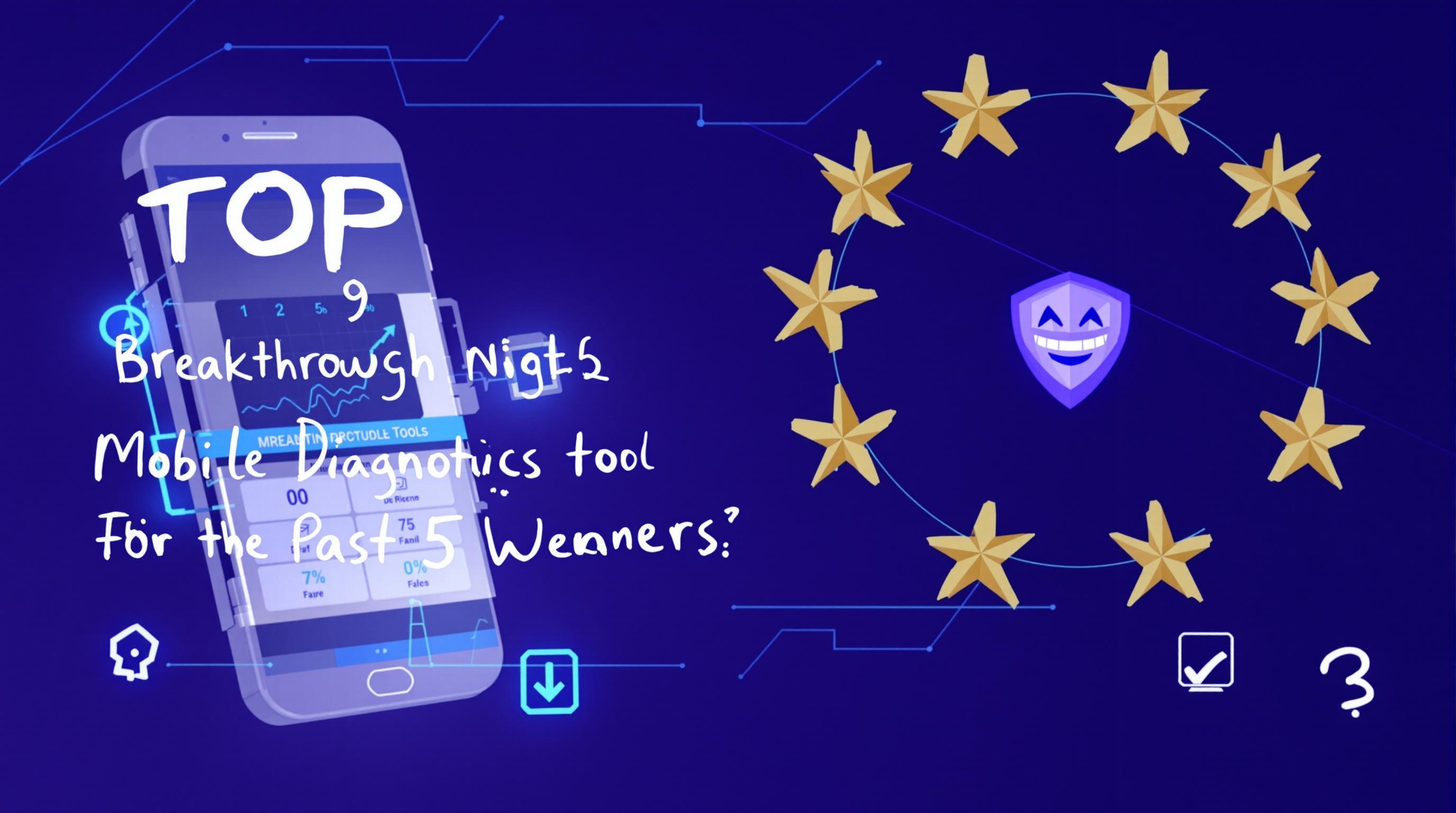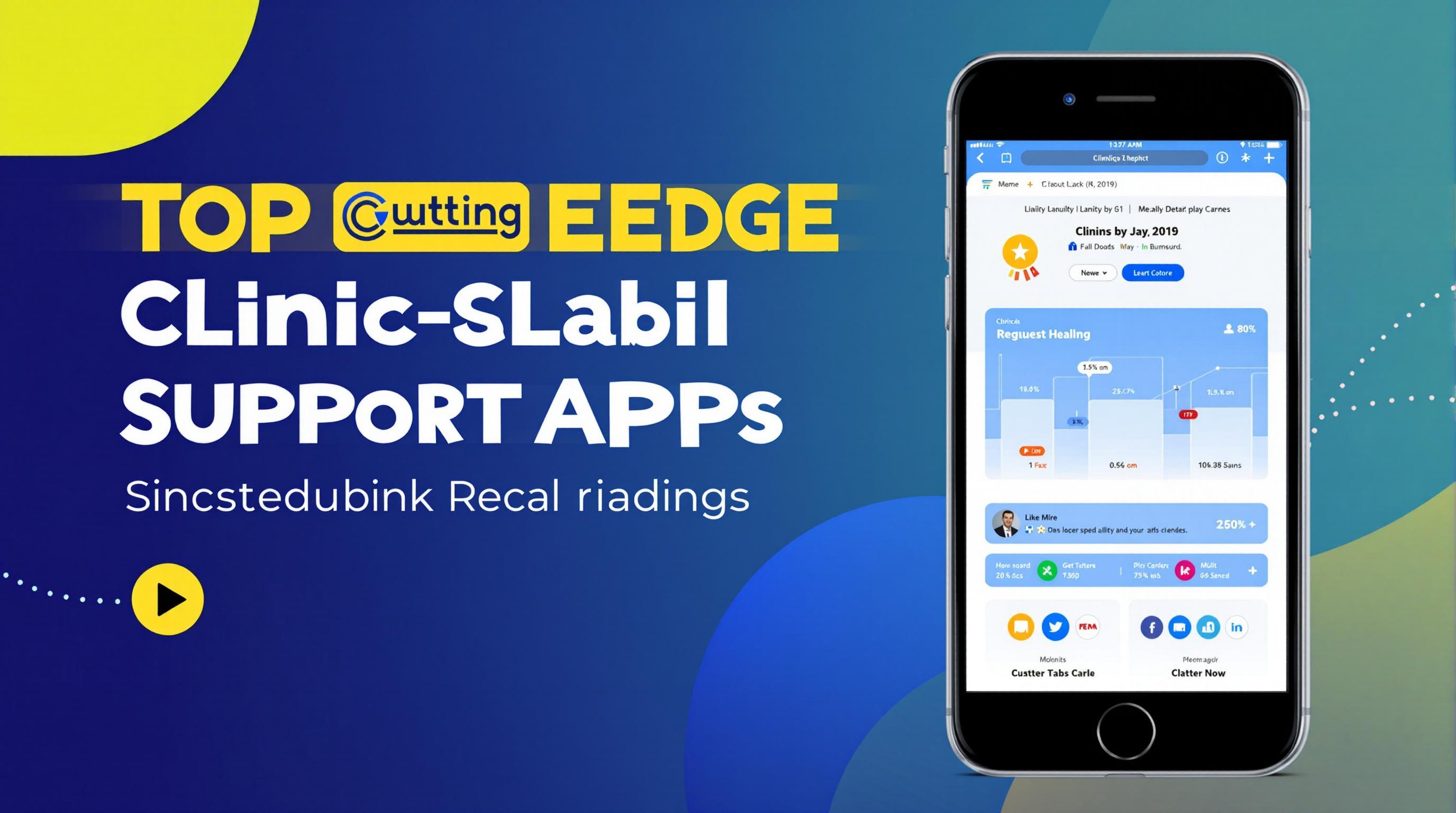Related Articles
- 7 Game-Changing Medical Compliance Apps From the Last 5 Years Redefining User Experience and Data Security
- Unveiling the Impact of Human Factors on Medical Software Adherence in Complex Clinical Settings
- Exploring Ethical Dilemmas in Medical Imaging Software: Patient Privacy and Data Ownership in the Digital Age
- Unveiling the Quiet Revolution: How Medical Imaging Software is Shaping Rare Disease Research and Diagnosis
- 5 Cutting-Edge Medication Management Apps Released Since 2019 Ranked for Accuracy and User Trust
- Unlocking the Forgotten: How Mobile Apps Are Shaping Rare Disease Diagnosis and Patient Advocacy Networks
Unlocking the Forgotten: How Mobile Apps Are Shaping Rare Disease Diagnosis and Patient Advocacy Networks
Unlocking the Forgotten: How Mobile Apps Are Shaping Rare Disease Diagnosis and Patient Advocacy Networks
Mobile apps are revolutionizing the way rare diseases are diagnosed and how patient advocacy networks connect and empower communities. By enhancing early detection and fostering global support systems, these digital tools are unlocking hope for millions affected by rare conditions worldwide.
Bridging the Diagnostic Gap: The Power of Digital Tools
Imagine spending years consulting different doctors, undergoing countless tests, only to come up empty-handed—or worse, misdiagnosed. For many rare disease patients, this is reality: an average of 6 to 7 years can pass before an accurate diagnosis is reached, according to the National Organization for Rare Disorders (NORD).
Mobile applications are now addressing this diagnostic odyssey. Apps such as Phenomizer use artificial intelligence to analyze symptoms and suggest possible rare diseases, drastically reducing the time to diagnosis. Patients input their symptoms, and the app compares them against vast medical databases to generate potential matches, providing physicians with a valuable diagnostic aid.
The Rise of Patient Advocacy Networks in the Palm of Your Hand
Beyond diagnosis, mobile apps serve as lifelines for patient communities navigating the isolating journey of rare diseases. Platforms like RareConnect offer patients and families a secure space to share experiences, exchange information, and find emotional support.
Consider Sarah, a 34-year-old living with Ehlers-Danlos Syndrome, who credits RareConnect for connecting her to a network of fellow sufferers that transformed her outlook and treatment adherence. "Before the app, I felt all alone," she shares. "Now, I have an entire community cheering me on."
Statistical Spotlight: The Scope of Rare Diseases
Although individual rare diseases affect fewer than 200,000 individuals in the U.S., collectively they impact over 300 million people worldwide, according to the World Health Organization. This staggering number highlights the pressing need for innovative diagnostic and support mechanisms, such as mobile applications.
Conversational Insight: Why Mobile Apps Engage Younger Patients
"As someone in my early 20s," comments Jamal, a rare disease advocate, "I'm glued to my phone. Mobile apps aren't just tools; they're companions. They help me track my symptoms, understand my condition, and connect with people like me without ever leaving my room."
Challenges in the Mobile Health Landscape
No innovation is without hurdles. Privacy concerns remain paramount when dealing with sensitive health data. Ensuring that apps comply with regulations like HIPAA and GDPR is essential to maintain patient trust.
Moreover, there is the digital divide to consider: not everyone has access to smartphones or reliable internet. These disparities can exacerbate health inequalities, meaning mobile app solutions must be part of a broader, inclusive healthcare strategy rather than a standalone fix.
Case Study: The Impact of the Undiagnosed Diseases Network (UDN) App
The UDN App connects patients with undiagnosed conditions to a consortium of researchers and clinicians. A recent study published in JAMA reported that 40% of users received a diagnosis or meaningful clinical information within six months of app enrollment. This represents a significant improvement compared to traditional methods and underscores how technology can accelerate rare disease discovery.
Humorous Perspective: When Technology Meets Medical Mysteries
Let’s be honest—sometimes medical jargon makes you want to throw your phone against the wall. Thankfully, some apps have a quirky side. For instance, the SymptoDetect app uses playful icons and even memes to make symptom tracking less intimidating. Who knew diagnosing could come with a side of LOL?
Empowerment Through Education: Apps as Knowledge Hubs
Educational content integrated into rare disease apps demystifies complex conditions, enabling patients to become active participants in their care. Platforms often provide curated articles, treatment options, and updates on clinical trials.
With information at their fingertips, patients report feeling more confident during medical appointments, leading to better dialogues with healthcare providers.
Persuasive Argument: Why Policymakers Should Support Rare Disease Apps
Investing in mobile health solutions for rare diseases is not just compassionate—it's economically wise. Early and accurate diagnoses can prevent unnecessary tests and hospitalizations, reducing healthcare costs. In addition, connected patient networks can accelerate research by crowd-sourcing data and insights.
Supporting the development and dissemination of these apps, through grants or policy incentives, could transform the rare disease landscape, yielding returns in patient well-being and system efficiency.
Storytelling: A Grandmother’s Quest
At 68, Linda wasn’t tech-savvy when her grandson showed unexplained symptoms that baffled doctors. Upon downloading a rare disease app at the suggestion of a nurse, she discovered potential diagnoses to discuss with specialists. This empowered her to advocate effectively, expediting critical care.
"I never thought a little app could make such a difference," she recalls, wiping tears. "But it did—it gave us answers."
The Future Is App-Driven
Emerging technologies like machine learning and genomics integration promise further breakthroughs. Future apps might offer genome sequencing results interpretation, personalized treatment recommendations, and real-time symptom monitoring, ushering in an era of personalized medicine for rare diseases.
Final Thoughts: Unlocking Collective Potential
While challenges remain, mobile apps represent a pioneering front in rare disease diagnosis and advocacy. By combining technology, community, and education, these tools dismantle the barriers of rarity, bringing hope and healing to those too long forgotten.




